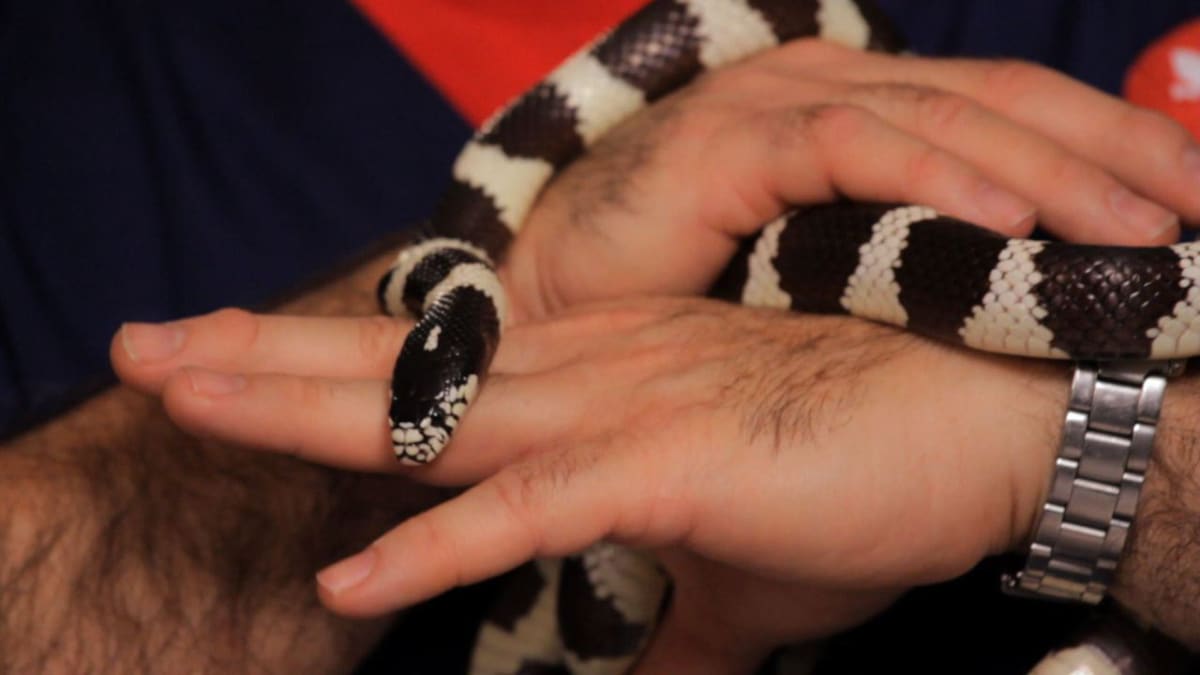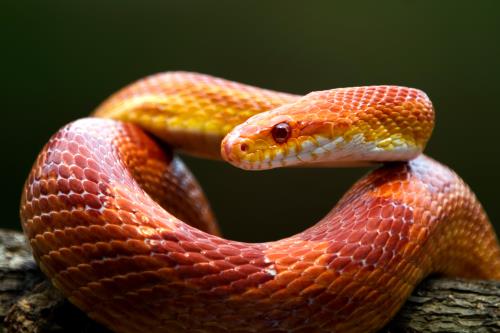How to Create the Perfect Environment for Your Family Pet Serpent
Creating the optimal habitat for your family pet snake is vital to ensuring its health and well-being. By understanding the certain needs of your snake types and applying the needed elements in its environment, you can produce a room where your animal can thrive.
Choosing the Right Enclosure
Picking the appropriate room is essential in offering an appropriate home for your pet serpent. The room serves as the serpent's main environment, influencing its general wellness and habits. When selecting an unit for your pet dog snake, there are a number of factors to consider to make sure a secure and comfy environment. The size of the room is important, as it must be roomy adequate to allow the snake to move easily. A general policy of thumb is to give a habitat that goes to least as long as the snake's length and large sufficient for it to extend easily.
Additionally, the product of the unit is important. Enclosures can be made from glass, wood, pvc, or plastic, each with its advantages and downsides. Glass units are prominent as they supply great visibility, while plastic enclosures are simple and lightweight to tidy. Wood and PVC rooms use excellent insulation, which is critical for controling temperature level and moisture levels within the environment. Ultimately, the room needs to mimic the snake's natural habitat as closely as possible to ensure its well-being and happiness. snake for sale.
Setting Up Temperature Level and Moisture Levels
In order to provide a conducive living setting for your family pet serpent within the chosen room, attention to maintaining optimum temperature level and humidity levels is paramount. Serpents are ectothermic animals, meaning they rely on exterior resources to manage their body temperature.
Humidity levels are similarly necessary for your snake's health and wellness and dropping process. The ideal moisture level varies depending upon the snake types, with many requiring levels in between 40-60%. Providing a large water meal, misting the enclosure, or utilizing a reptile humidifier can aid maintain ample humidity. Make certain proper ventilation to avoid excess dampness, which can lead to respiratory system issues. By vigilantly keeping an eye on and adjusting temperature level and moisture degrees, you can create a secure and comfy habitat for your cherished family pet serpent.
Giving Adequate Hiding Places
Guaranteeing the availability of appropriate hiding places is vital for creating a trouble-free atmosphere for your family pet serpent. Serpents are normally inclined to choose concealing areas for safety and comfort. To mimic their all-natural environment, supply at the very least 2 hiding spots in your snake's room-- one on the warmer side and one on the cooler side. These hiding places can be created using readily readily available shelters, fifty percent logs, and even overturned blossom pots. Ensure that the concealing spots are tight enough to make your snake really feel additionally spacious however protected enough for easy entry and departure.

Choosing the Appropriate Substrate
To produce a suitable environment for your pet dog snake, what elements should be taken into consideration when choosing the proper substrate? Choosing the appropriate substratum for your family pet snake is critical for preserving its health and wellness. When picking a substrate, a number of factors require to be taken into account.
Primarily, the substratum needs to imitate the snake's native environment as carefully as feasible. Various serpent types have various environment choices, so it is vital to investigate your certain snake's indigenous environment to select a proper substratum. Desert-dwelling snakes may call for a sandy substratum, while forest-dwelling serpents might favor a much more moist substrate like cypress compost or coconut husk.
Additionally, the substratum must be secure for your snake. Stay clear of substratums that could be ingested and create wellness concerns, such as substrates that are too little or sharp. Opt for substratums that are safe and easy to clean to maintain a check these guys out hygienic atmosphere for your family pet serpent. By meticulously taking into consideration these aspects, you can produce a comfortable and secure environment for your pet dog serpent.
Offering Correct Lighting and Home Heating

When it pertains to illumination, serpents have certain lighting demands to imitate their natural surroundings. Ultraviolet (UV) lighting might be needed for specific serpent species to assist with calcium absorption and vitamin D synthesis. Not all snakes need UV lighting, so it's essential to investigate your certain snake types' needs.
To give the right balance of lights and heating, take into consideration utilizing a combination of overhead heating lamps, heating pads, and thermostats to control temperature levels precisely. Make sure that your serpent's environment has a temperature slope, permitting it to move in between warmer and cooler locations as needed. snake for sale. By using appropriate illumination and home heating, you can create a comfy and healthy and balanced setting for your animal snake
Conclusion
In final thought, creating the best environment for your pet serpent entails picking the right room, establishing suitable temperature and humidity levels, supplying appropriate concealing spots, selecting the suitable substrate, and using proper lighting and heating. By complying with these guidelines, you can guarantee that your serpent has a healthy and balanced and comfortable setting to grow in. Keep in mind to frequently change the habitat and monitor as required to satisfy your serpent's particular demands.
To develop an appropriate habitat explanation for your animal serpent, what variables should be thought about when choosing the suitable substratum? Various serpent species have different environment choices, so it is necessary to research your specific snake's indigenous environment to pick an appropriate substrate. Desert-dwelling serpents may need a sandy substrate, while forest-dwelling snakes may choose a more damp substratum like cypress mulch or coconut husk.
Not all serpents require UV lights, so it's crucial to research your certain snake varieties' demands.

Comments on “Check Out Exotic Options: Snake for Sale Listings Revealed”